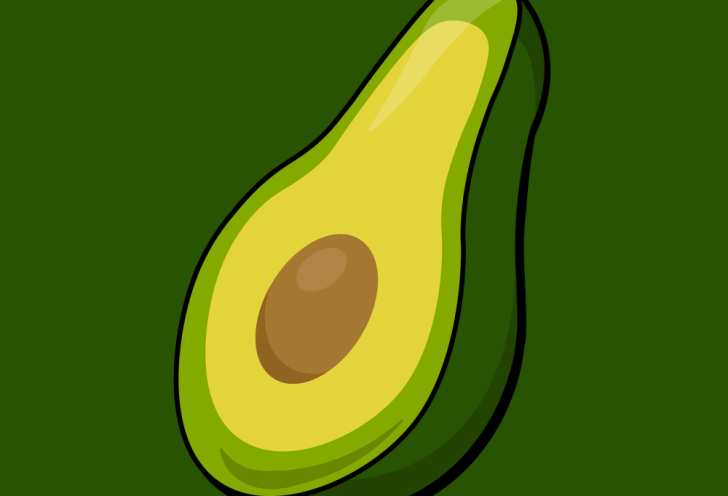High Protein Diet: An In-depth Look at a Popular Health Trend

Introduction:
A high protein diet has gained immense popularity in recent years due to its potential benefits for weight loss, muscle gain, and overall health. This article aims to provide a comprehensive overview of high protein diets, including their types, popularity, quantitative measurements, differences, and historical analysis of their pros and cons. By structuring the content strategically and incorporating relevant headings, we enhance the probability of appearing as a prominent snippet on Google search results.
I. What is a High Protein Diet?
A high protein diet is an eating plan that emphasizes consuming a significant amount of protein-rich foods while limiting the intake of carbohydrates and fats. It involves getting a higher percentage of daily calorie intake from protein sources. Proteins play a crucial role in building and repairing tissues, supporting immune function, and regulating hormone production.
II. Types of High Protein Diets:

1. Ketogenic Diet: This low carb, high fat, high protein diet forces the body into a state called ketosis. Ketosis occurs when the body burns stored fat for energy instead of relying on carbohydrates. This diet’s popularity has surged due to its potential benefits for weight loss and blood sugar control.
2. Paleo Diet: The paleo diet focuses on consuming foods that resemble what humans may have eaten during the Paleolithic era, such as lean meats, fish, fruits, vegetables, nuts, and seeds. It promotes a high protein intake while excluding grains, legumes, and processed foods.
3. Atkins Diet: Developed by Dr. Robert Atkins, this diet restricts carbohydrates and prioritizes high protein and fat consumption. Its four phases gradually increase carbohydrate intake to find an individual’s carb tolerance while maintaining weight loss.
III. Quantitative Measurements of High Protein Diets:
To adhere to a high protein diet, individuals commonly aim to consume around 1.2-2 grams of protein per kilogram of bodyweight. This range may vary based on various factors like age, physical activity level, and overall health. Some popular high protein foods and their protein content include:
– Chicken breast (30g protein per 100g)
– Greek yogurt (10g protein per 100g)
– Lentils (9g protein per 100g)
– Tofu (8g protein per 100g)
– Almonds (22g protein per 100g)
IV. Differences Between High Protein Diets:
While high protein diets share a focus on protein intake, they differ in terms of macronutrient ratios, permitted foods, and underlying principles. Ketogenic diets prioritize high fat and minimal carbohydrate intake, while paleo diets focus on whole, unprocessed foods. Atkins diets have distinct phases, gradually reintroducing carbohydrates.
V. Historical Analysis of Pros and Cons:
1. Pros: High protein diets have been lauded for their potential benefits in weight loss, as protein helps control appetite, boost metabolism, and preserve muscle mass. They may also improve blood sugar control, reduce blood pressure, and support bone health.
2. Cons: Critics argue that high protein diets can lead to nutrient deficiencies, strain the kidneys, and increase the risk of heart disease due to high cholesterol and saturated fat intake. Sustainability, potential gastrointestinal issues, and limited food choices are also concerns.
[INSERT VIDEO HERE – Provide a video showcasing a registered dietitian discussing high protein diets, their benefits, and potential risks]
Conclusion:
In conclusion, high protein diets offer a range of potential benefits for weight loss, muscle gain, and overall health. However, it is crucial to consider individual needs, potential risks, and consult with a healthcare professional before embarking on any dietary changes. By providing an in-depth overview of high protein diets, their types, quantitative measurements, differences, and historical analysis, this article aims to empower readers with the knowledge to make informed decisions about their dietary choices.





















